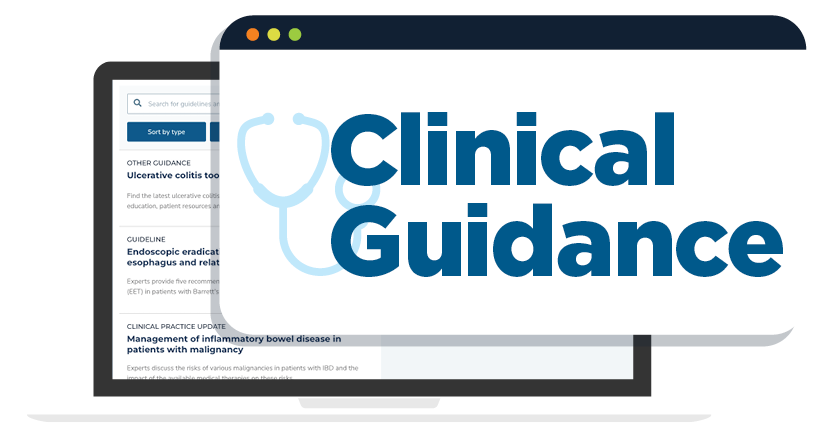1. Acute kidney injury (AKI) should be diagnosed when the serum creatinine increases by ≥0.3 mg/dL within 48 hours or is ≥50 percent from baseline or when the urine output is reduced below 0.5 mL/kg/h for >6 hours.
2. Preventive measures against the development of AKI in cirrhosis include (1) avoidance of potentially nephrotoxic medications like nonsteroidal anti-inflammatory drugs (NSAIDs), (2) avoidance of excessive or unmonitored diuretics or nonselective beta-blockade, (3) avoidance of large-volume paracentesis without albumin replacement and (4) counseling patients to avoid alcohol use.
3. (A) Investigation is directed to determining the cause of AKI, which can be due to hypovolemic causes (volume responsive and the most common cause of AKI in patients with cirrhosis); acute tubular necrosis; hepatorenal syndrome with AKI (HRS-AKI) (a functional renal failure that persists despite volume repletion); HRS with acute kidney disease, a type of functional renal failure of <3 months – duration in which criteria for HRS-AKI are not met; or postrenal, which occurs only rarely. (B) The specific type of AKI should be identified through a careful history, physical examination, blood biochemistry, urine microscopic examination, urine chemistry (Na+ and urea) and selected urinary biomarkers, and renal ultrasound.
4. A rigorous search for infection is required in all patients with AKI. A diagnostic paracentesis should be carried out to evaluate for spontaneous bacterial peritonitis; blood and urine cultures and chest radiograph are also required. There is no role for routine prophylactic antibiotics in patients with AKI, but broad-spectrum antibiotics should be started whenever infection is strongly suspected.
5. When AKI is diagnosed, diuretics and nonselective beta-blockers should be held, NSAIDs discontinued, the precipitating cause of AKI treated and fluid losses replaced, administering albumin 1 g/kg/d for 2 days if the serum creatinine shows doubling from baseline. Urine output, vital signs, and when indicated, echocardiography or CVP (if there is a pre-existing central line) should be used to monitor fluid status.
6. When the serum creatinine remains higher than twice the baseline value despite these measures, treatment of HRS-AKI should be initiated with albumin at a dose of 1 g/kg intravenously on day 1 followed by 20-40 g daily along with vasoactive agents (terlipressin; if terlipressin is not available, either a combination of octreotide and midodrine; or norepinephrine, depending on institutional preferences) and continued either until 24 hours following the return of the serum creatinine level to within ≤0.3 mg/dL of baseline for two consecutive days or for a total of 14 days of therapy.
7. Terlipressin should be initiated as a bolus dose of 1 mg every 4-6 hours (total 4-6 mg/d). The dose should be increased to a maximum of 2 mg every 4-6 hours (total 8-12 mg/d) if there is no reduction in serum creatinine at day three of therapy by at least 25 percent compared to the baseline value. Alternatively, clinicians can administer terlipressin by continuous intravenous infusion at a lower starting dose of 2 mg/d, which may reduce ischemic side effects and increase the dose gradually every 24-48 hours up to a maximum dose of 12 mg/d, or reversal of HRS. As per Food and Drug Administration restrictions, terlipressin should not be used in patients with a serum creatinine ≥5 mg/dL, or oxygen saturation of <90 percent.
8. Oral midodrine when used should be initiated at doses of 7.5 mg and titrated upward to 12.5 mg 3 times daily with octreotide (starting with 100 μg and titrating upward to 200 μg subcutaneously three times daily).
9. Norepinephrine should be used as a continuous intravenous infusion at a starting dose of 0.5 mg/h and the dose increased every 4 hours by 0.5 mg/h to a maximum of 3 mg/h with the goal of increasing the mean arterial pressure by ≥10 mm Hg and/or the urine output to >50 mL/h for at least 4 hours.
10. The risks of ischemic side effects of terlipressin and norepinephrine include angina and ischemia of fingers, skin and intestine. These side effects may be lowered by starting at the lowest dose and gradually titrating upward.
11. Fluid status should be closely monitored because of the risk of pulmonary edema with excessive use of albumin.
12. Renal replacement therapy (RRT) may be used in the management of (A) AKI secondary to acute tubular necrosis; (B) HRS-AKI in potential candidates for liver transplantation (that is, RRT should not be used in patients with HRS-AKI who are not candidates for liver transplantation); and (C) AKI of uncertain etiology in which the need for RRT may be considered on an individual basis.
13. Transjugular intrahepatic portosystemic shunts should not be used as a specific treatment of HRS-AKI.
14. Liver transplantation is the most effective treatment for HRS-AKI. Pharmacotherapy for HRS-AKI before proceeding with liver transplantation may be associated with better post-liver transplantation outcomes. Selected patients with HRS-AKI may require simultaneous liver kidney transplantation based on updated Organ Procurement and Transplantation Network listing criteria.












